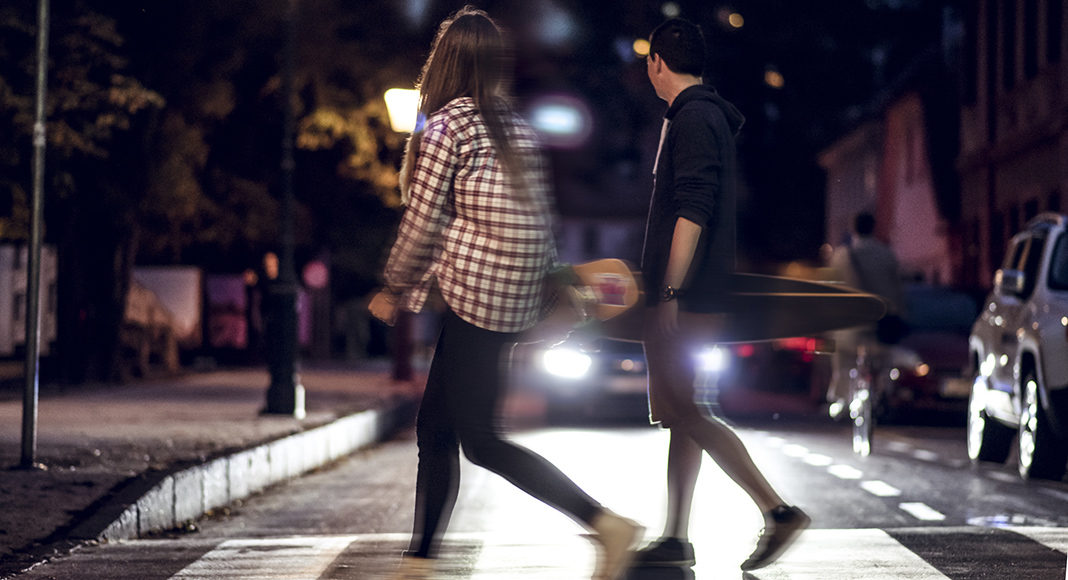Pedestrian detection technology on vehicles is completely ineffective at night, new research claims.
The American Automobile Association (AAA) tested four 2019 model midsize sedans equipped with the feature in a number of scenarios.
Results showed that in the dark the systems did not react at all, colliding with the adult pedestrian target every time.
With 75 percent of pedestrian fatalities occurring after dark, the AAA says the results are “alarming” and that it supports the development of pedestrian detection systems.
On average, nearly 6,000 pedestrians lose their lives each year, accounting for 16 percent of all traffic deaths, a percentage that has steadily grown since 2010.
“The rise in pedestrian deaths is a major concern and automakers are on the right path with the intent of these systems,” said Greg Brannon, AAA’s Director of Automotive Engineering and Industry Relations.
“Our goal with this testing is to identify where the gaps exist to help educate consumers and share these findings with manufacturers to work to improve their functionality.”
Until detection systems are proven to perform consistently the AAA recommends that drivers:
- Be alert of their immediate surroundings. Do not rely on pedestrian detection systems to prevent a crash. This technology should only serve as a backup and not a replacement for an engaged driver.
- Read the owner’s manual to understand what safety systems the vehicle is equipped with.
- Use extra caution when driving at night since this is the riskiest time for pedestrians and where the systems struggle the most.



















